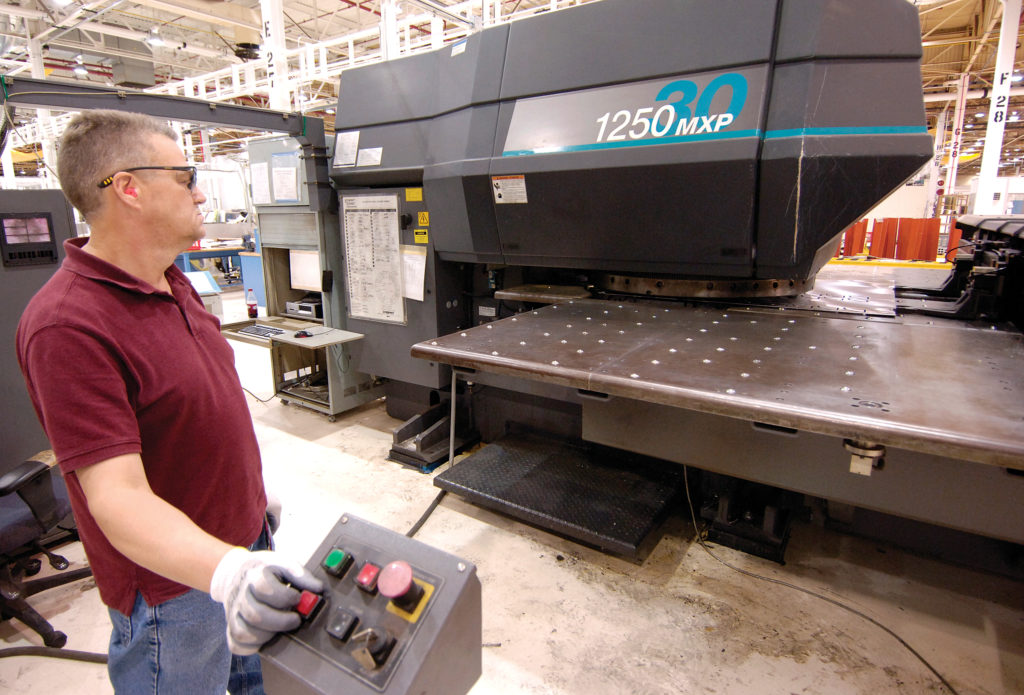We all know about human biases. Many of us might know of certain biases we have, while others blindly ignore them. There’s even courses and training you can do to identify biases and implement counter strategies. But not many people have talked about the Speed Bias.
Not to be confused with Time-Saving Bias, where people can have the tendency to misestimate the time that could be saved (or lost) when increasing (or decreasing) speed, but the cognitive bias trigger created when we attempt to process information too quickly. The Speed Bias is the impact of compressed decision processing time. Without ample time to mentally process complex decisions, we default to applying biases, such as the Confirmation Bias, Jumping to Conclusions Bias, and combinations of many others.
We’re not talking about life-and-death situations, or cases such as in the military, though the Speed Bias can also have influence in those areas. The Speed Bias comes up most often in personal and business situations where the individual is pressed to make an immediate decision, without the opportunity to evaluate information further, ask questions, or simply take time to reflect.
You might say this is life. We move at a faster pace than we did 5, 10, 20, 30 years ago. Information is more readily accessible. We are bombarded with it relentlessly. Yet with this speed comes the drive to keep up. We have to produce more, even quicker than before. We have to outpace our competition. We have to move immediately into action, and have little time to waste on contemplation, strategy, or introspection.
 The problem is, with decreased time between the delivery of multi-faceted, complex information and the resulting decision on action, the mind doesn’t have time to effectively weight, compare, contrast, evaluate or find holes within the information provided. When you need to make a conclusion right away, The Speed Bias is taking effect, and you will mentally leverage other biases you might not normally use to make the decision process more efficient.
The problem is, with decreased time between the delivery of multi-faceted, complex information and the resulting decision on action, the mind doesn’t have time to effectively weight, compare, contrast, evaluate or find holes within the information provided. When you need to make a conclusion right away, The Speed Bias is taking effect, and you will mentally leverage other biases you might not normally use to make the decision process more efficient.
Take for example this scenario: You are in a meeting with the C-Suite. The discussion centers around the pressure you’re getting from the competition. You need a new, innovative idea to effectively compete. The CEO asks the group for ideas. Marketing suggests launching a campaign. Product Development has the idea of creating a new product. Sales says you should enter a new market. The CEO says the organization is about action – so the team votes on the ideas proposed, selects one and the company moves forward.
 What’s the big deal? Each of these recommendations are very reasonable and effective approaches to growth, right? This is true, but none of them are truly innovative. If the group had more time to discuss, reflect, research, and explore, they very easily could have generated more “out-of-the-box” ideas, whether it was leveraging internal resources to create a new value stream, or suggesting taking an idea from an entirely different industry and apply it to their business. Instead, they defaulted to tried-and-true, typical approaches, unconsciously applying cognitive biases based on previous experiences.
What’s the big deal? Each of these recommendations are very reasonable and effective approaches to growth, right? This is true, but none of them are truly innovative. If the group had more time to discuss, reflect, research, and explore, they very easily could have generated more “out-of-the-box” ideas, whether it was leveraging internal resources to create a new value stream, or suggesting taking an idea from an entirely different industry and apply it to their business. Instead, they defaulted to tried-and-true, typical approaches, unconsciously applying cognitive biases based on previous experiences.
Every organization pushes for their teams to be more innovative. And some are – culture has a big influence on the ability for an organization to innovate, but no matter how “innovative” your culture is, no game changing idea is created in an instant. It takes contemplative thought, where someone sees a pattern and the lightbulb goes off. Reflection and discussion where someone shares a comment that changes the trajectory of the conversation to something new. The options are limitless, given time.
Your organization has the ability to be innovative, but don’t hamper them by the compression pressure of The Speed Bias. As the old saying goes, good things come to those who wait.



















